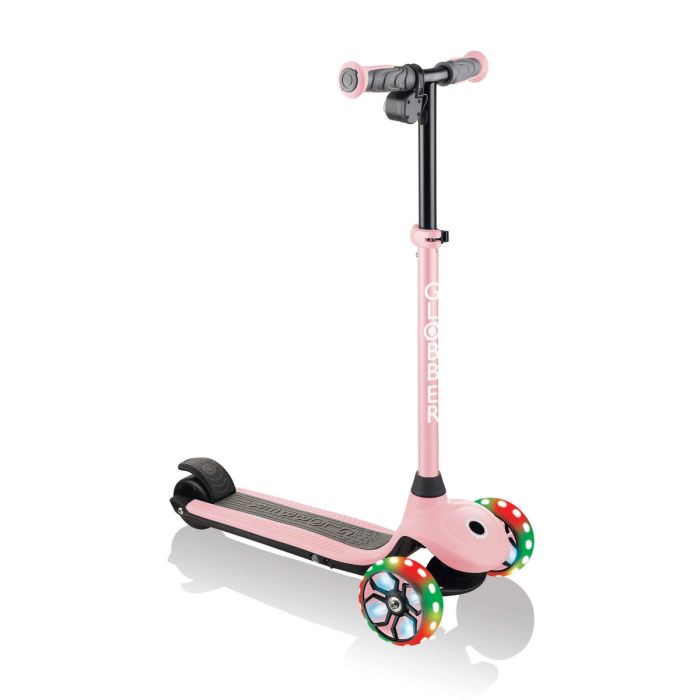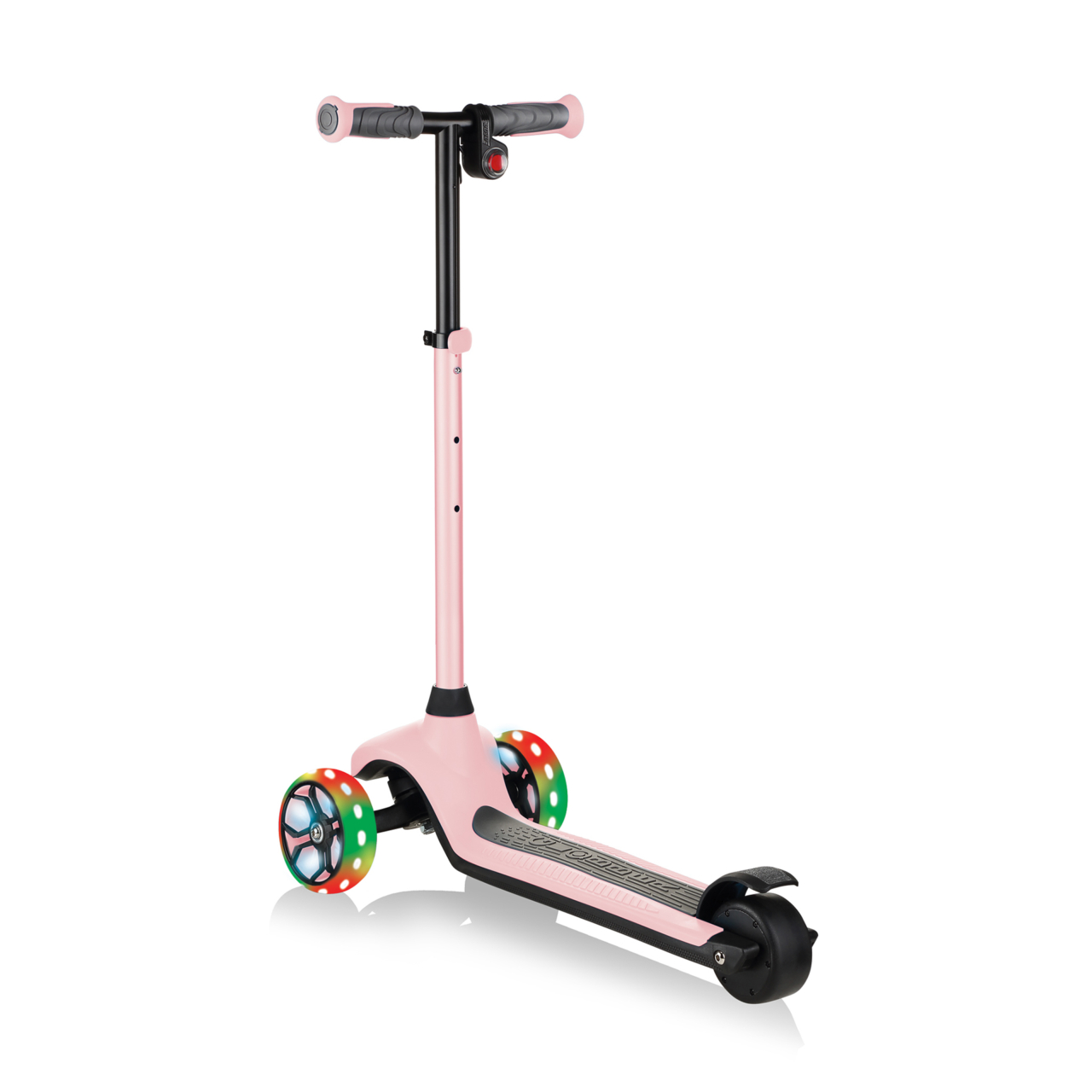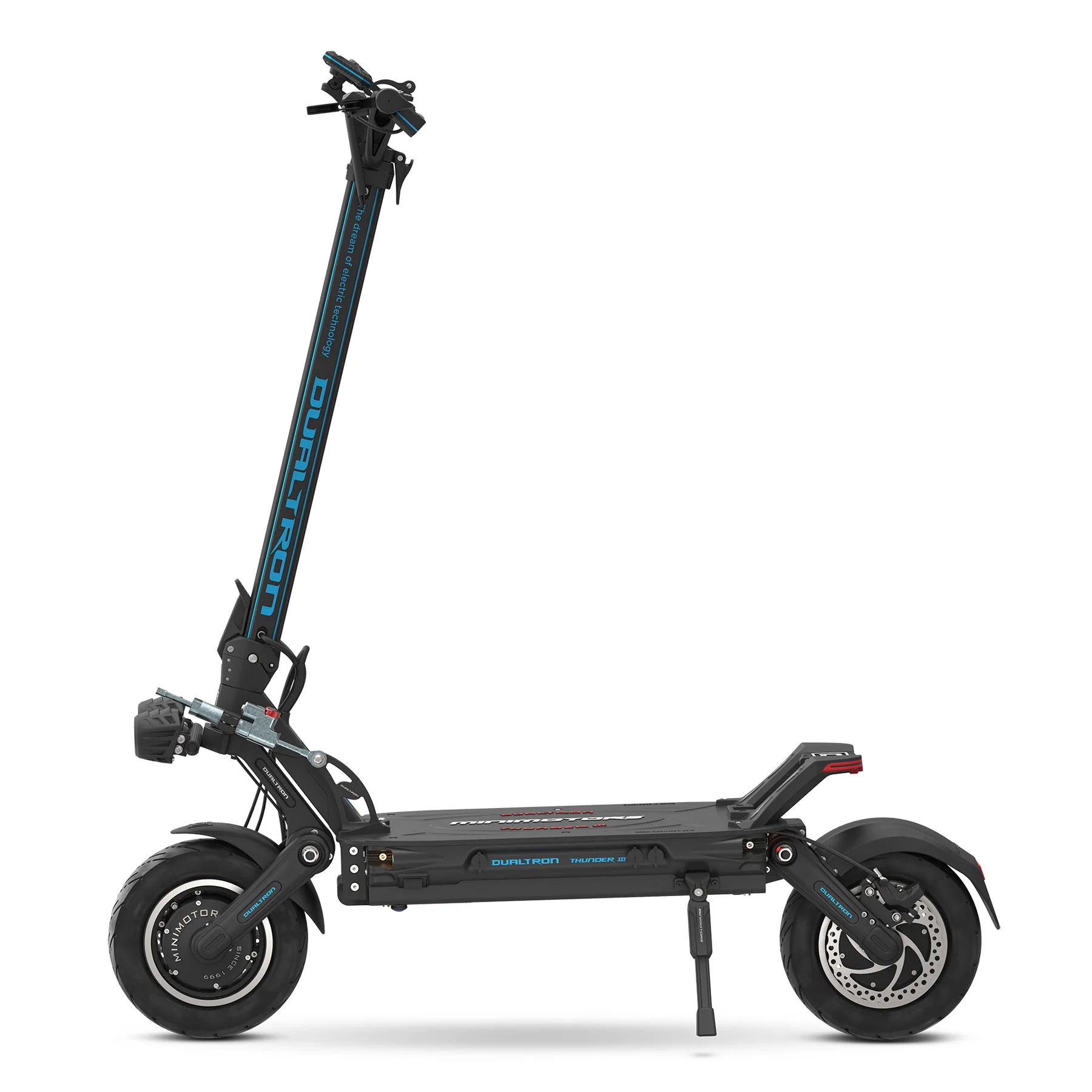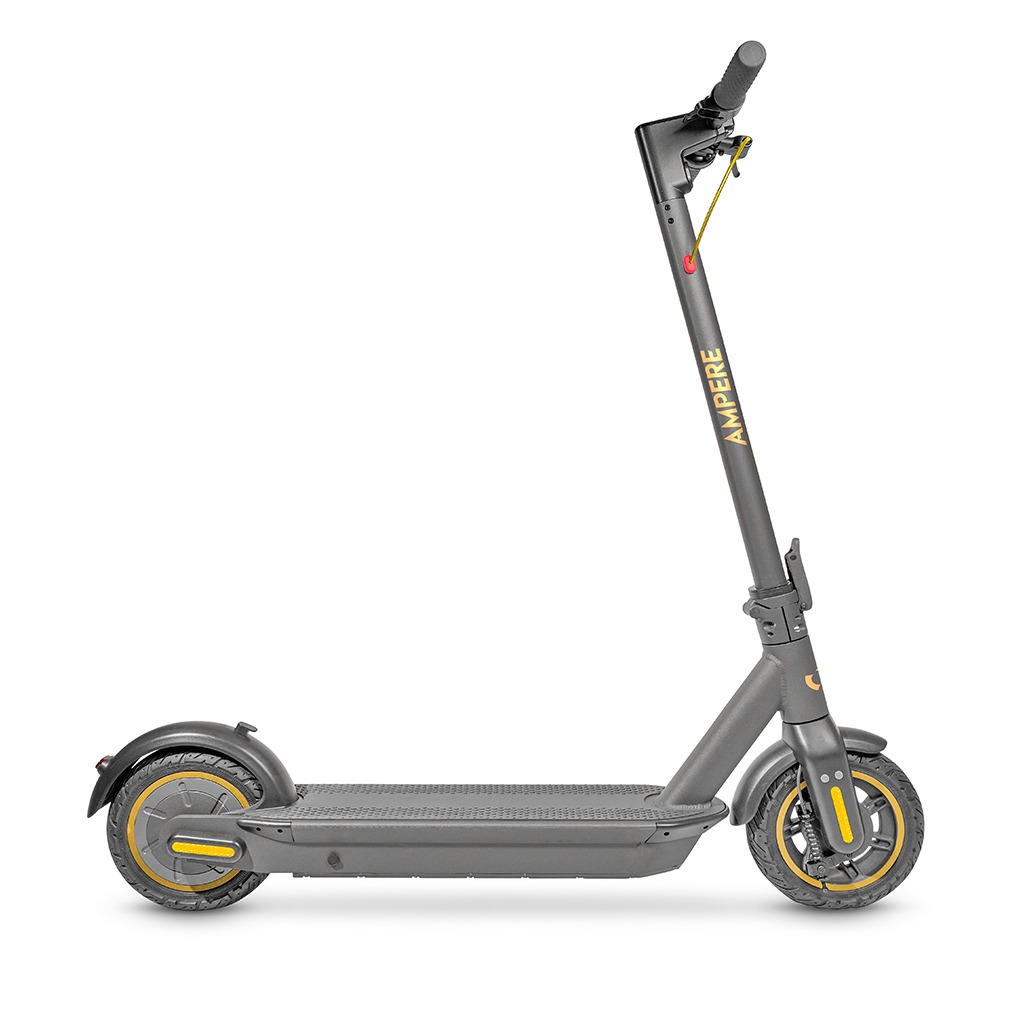Introduction
Electric scooters have become increasingly popular as an environmentally friendly and efficient mode of transportation. However, like any other vehicle, they are susceptible to technical issues. One common problem faced by electric scooter owners is when the scooter turns on but doesn’t move. This article aims to address the importance of addressing this issue and explore possible causes for no movement. Why does my electric scooter turn on but not move in 2024?
Possible Causes for No Movement
- Insufficient Charge: The most common cause of an electric scooter not moving is an insufficient charge in the battery. Before troubleshooting further, ensure that your scooter has been charged adequately.
- Battery Connection Problems: Check the battery connections to ensure they are secure and tightly connected. Loose or corroded battery terminals may disrupt the flow of power and prevent the scooter from moving.
- Motor Malfunction: A malfunctioning motor can prevent the scooter from moving. Inspect the motor for any physical damage or signs of wear. If the motor is overheating or emitting unusual sounds, it may be a clear indication of a motor malfunction.
- Loose or Faulty Wiring: Check all the wiring connections between the motor and the scooter’s battery and controller. Loose or faulty wiring can disrupt the flow of electricity, causing the scooter to not move.
- Faulty or Damaged Controller: The controller is responsible for regulating the power supply to the motor. A faulty or damaged controller can interfere with the scooter’s performance and prevent movement. Inspect the controller for any signs of damage or wear, such as melted wires or burnt smell.
- Loose or Damaged Connectors: Check all the electrical connectors within the controller setup. Loose or damaged connectors can disrupt the connection between the controller and the motor, causing the electric scooter to turn on but not move.
- Stuck Brake Mechanism: If the brake mechanism is engaged or stuck, it can prevent the scooter from moving even when turned on. Inspect the brakes and ensure they are not excessively tight or stuck in the engaged position. Lubricate or adjust the brakes as necessary.
-
Damaged or Worn-out Tires: Check the condition of your scooter’s tires. Damaged or excessively worn-out tires may lack the necessary traction to move forward efficiently. Replace any damaged or worn-out tires to ensure proper functioning.

Troubleshooting Steps
Checking Battery and Charging
One of the first steps in troubleshooting an electric mobility scooter is to check the battery and charging system.
- Verifying Battery Charge Level Start by checking the battery charge level. Most scooters have a battery indicator that shows the charge level. If the indicator shows a low charge, the battery may need to be charged.
- Inspecting Battery Connections Next, inspect the battery connections. Ensure that the terminals are clean and tightly connected. Loose or corroded connections can cause power issues.
Inspecting Motor and Wiring
The motor is another critical component of an electric mobility scooter.
- Examining Motor for Damage or Malfunction Inspect the motor for any visible damage or signs of malfunction. Look for loose wires, burnt smells, or unusual noises.
- Checking Wiring Connections and Integrity Ensure that all wiring connections are secure and properly connected. Loose or damaged wires can cause electrical issues and affect the motor’s performance.
Assessing Controller and Connectors
The controller is responsible for regulating the power and speed of the electric mobility scooter. If the controller is faulty, it can affect the scooter’s performance and functionality.
- Verifying Controller Functionality Test the controller to ensure it is functioning correctly. Follow the manufacturer’s instructions to perform any necessary tests or diagnostics.
- Inspecting and Repairing Loose or Damaged Connectors Inspect the connectors between the controller and other components for any signs of damage or loose connections.
Examining Wheel and Brake Mechanism
The wheels and brake system of an electric mobility scooter are essential for safe and smooth operation. Any damage or malfunction in these components can lead to safety hazards or difficulties in maneuvering.
- Checking Brake Operation and Release Test the brake system to ensure it operates smoothly and releases properly.
- Inspecting Wheel Components for Damage or Malfunction Examine the wheels, tires, and axles for any visible signs of damage or malfunction. Look for worn-out tires, loose axles, or misaligned wheels. Repair or replace any damaged components accordingly.

Necessary Repairs or Replacements
Battery Maintenance or Replacement
If the battery is not charging properly or is not holding a charge, it may need maintenance or replacement.
- Recharging the Battery Properly Follow the manufacturer’s instructions to charge the battery correctly. Ensure that the charger is compatible with the battery and is functioning correctly.
- Replacing a Faulty Battery If the battery is old or damaged and cannot be restored, it may need to be replaced. Choose a battery that is compatible with the scooter and follow the manufacturer’s instructions for installation.
Motor Repair or Replacement
- Repairing or Replacing a Faulty Motor If the motor has minor issues, such as loose wires, they can be repaired. However, if the motor is severely damaged, it may need to be replaced. Consult a professional or follow the manufacturer’s instructions for motor repair or replacement.
- Ensuring Correct Wiring Connections Ensure that the wiring connections to the motor are correct and secure. Follow the manufacturer’s instructions or consult a professional if needed.
Controller Repair or Replacement
- Repairing or Replacing a Faulty Controller If the controller can be repaired, follow the manufacturer’s instructions or consult a professional. If it is beyond repair, it will need to be replaced with a compatible controller.
- Securing and Repairing Connectors as Needed Ensure that all connectors between the controller and other components are secure and properly connected. Repair or replace any damaged connectors.
Wheel and Brake System Repair or Replacement
- Fixing Stuck Brake Mechanism If the brake system is sticking or not releasing properly, it may need to be repaired or adjusted. Follow the manufacturer’s instructions or consult a professional.
- Replacing Damaged Tires or Wheels If the tires or wheels are damaged or worn out, they may need to be replaced. Choose tires and wheels that are compatible with the scooter and follow the manufacturer’s instructions for installation.
Understanding how extreme temperatures affect scooter performance
Electric scooters are fantastic for zipping around town, but extreme temperatures can put a damper on their performance. Here’s a breakdown of how heat and cold impact your scooter in 2024:
The Battery Blues:
-
Heatstroke for Batteries: Lithium-ion batteries, the workhorses of most e-scooters, are like us – they don’t like extremes. In scorching temperatures, these batteries experience a decrease in efficiency. This translates to a shorter ride as the battery struggles to deliver its full power.
-
Fast Forward on Aging: High temperatures not only zap your range, but they also accelerate battery degradation. This means your battery won’t hold a charge for as long over time if you consistently ride in extreme heat.
-
Cold Shoulder: Just like a person wouldn’t want to run a marathon in the arctic, cold weather slows down the chemical reactions within the battery. This reduces its capacity, leading to a shorter range on your next winter scoot.

Protective measures to account for weather conditions
There are a few reasons why does my electric scooter turn on but not move in 2024. Here are some possibilities and some tips to keep your scooter happy in various weather conditions:
Battery Blues:
- Low Battery: Even if your scooter turns on, a low battery won’t provide enough power to get you moving.
Weather Woes:
- Extreme Temperatures: Both very hot and very cold weather can affect battery performance. In 2024’s summer heat, for instance, a scooter battery might not deliver its full potential. Check your scooter’s manual for recommended operating temperatures.
Connection Chaos:
- Loose Connections: Bumps and vibrations can loosen connections over time. Check the connections between the battery, motor, and controller for any signs of looseness.
Motor Mayhem:
- Overload Protection: Some scooters have overload protection systems that kick in if the motor is strained. This could happen if you’re trying to climb a steep hill or carrying too much weight.
Protective Measures by Weather:
- Hot Weather: Avoid leaving your scooter in direct sunlight for extended periods. This can damage the battery. If you know you’ll be out in the heat for a while, park your scooter in a shaded area.
- Cold Weather: If you must store your scooter in cold weather (colder than recommended operating temperatures), try to bring the battery indoors to prevent it from losing charge too quickly.
- Rain: Most electric scooters aren’t designed for heavy rain or submersion. Avoid riding in downpours and avoid puddles whenever possible.
If you’ve checked these basics and your scooter still isn’t moving, it’s best to consult your user manual or take it to a qualified technician for further diagnosis.

By following these troubleshooting steps and making the necessary repairs or replacements, you can ensure that your electric mobility scooter functions properly and safely. Consult the manufacturer’s instructions or seek professional help if needed. Remember to prioritize safety and maintenance to prolong the lifespan of your scooter and enjoy a smooth and reliable ride.

